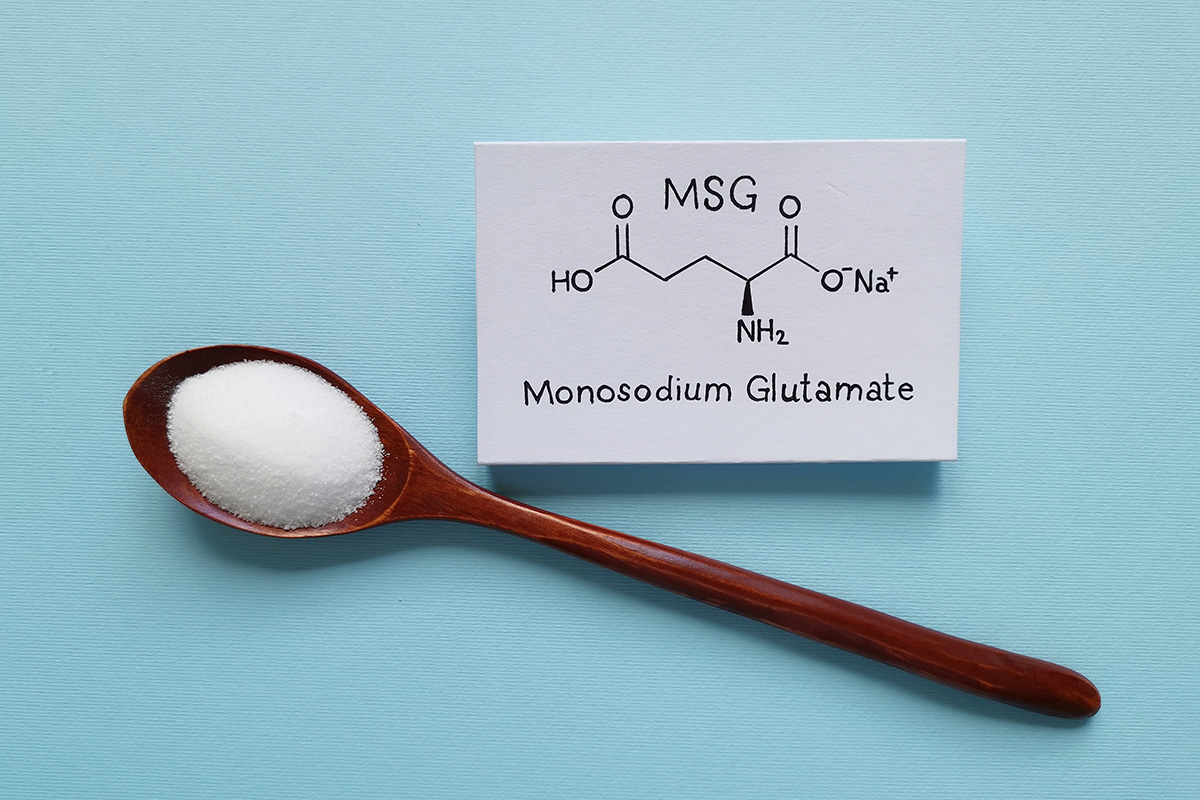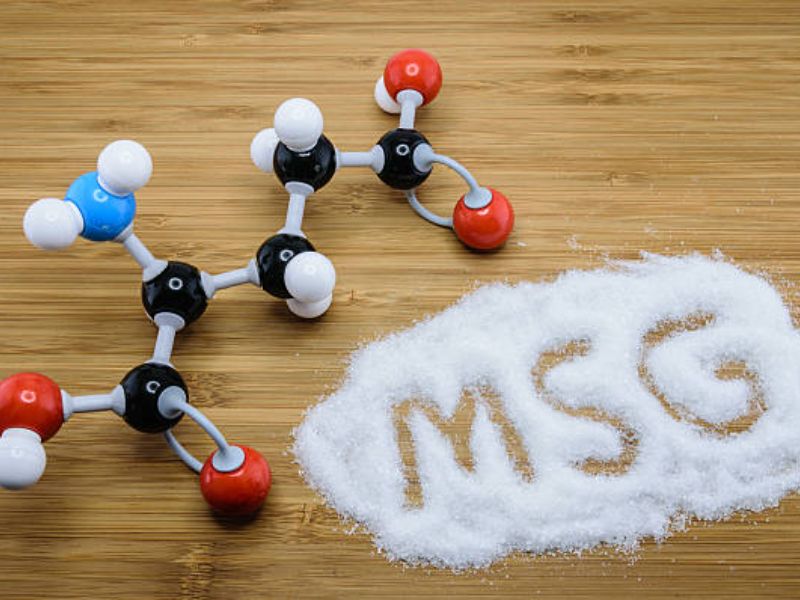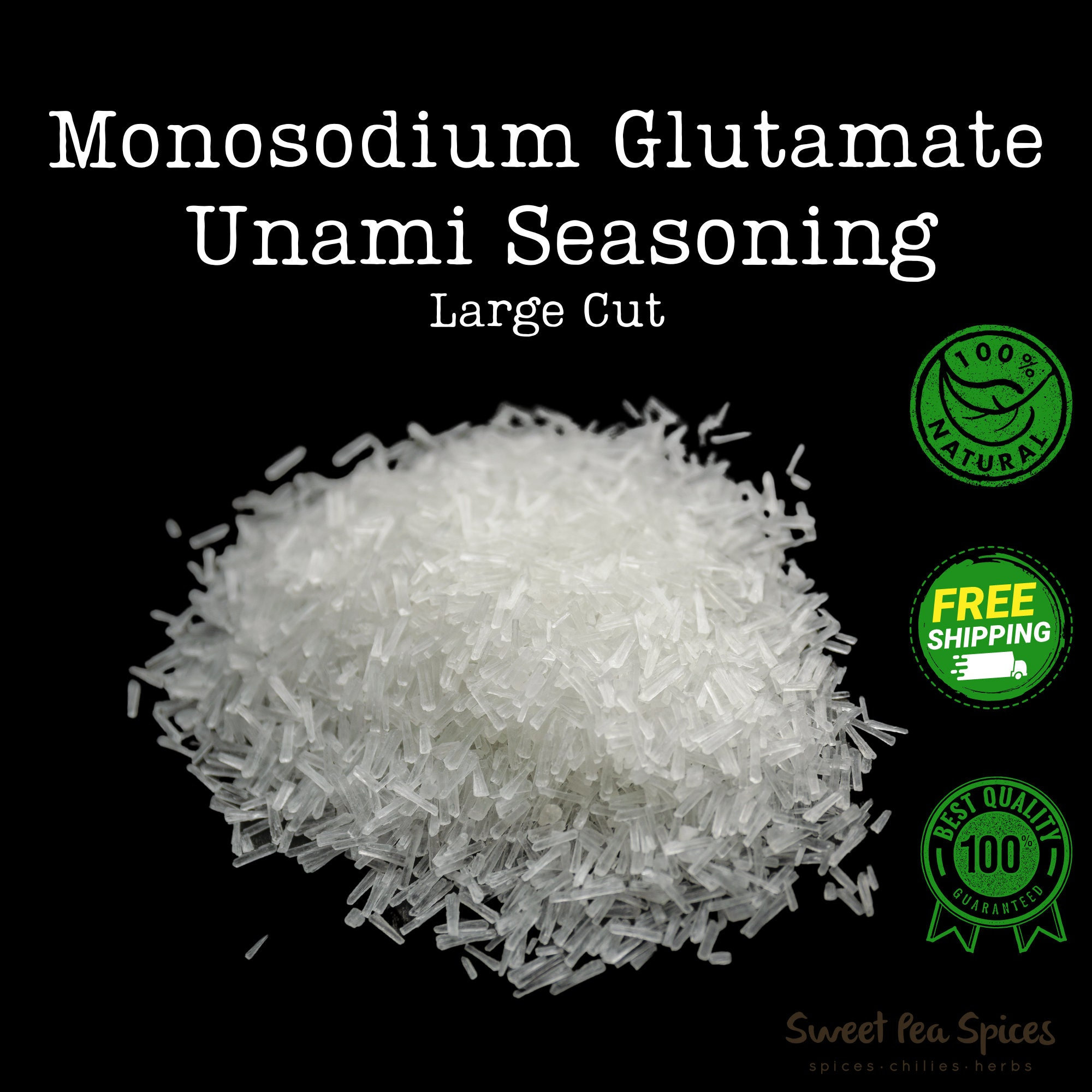Understanding Monosodium Glutamate (MSG)

Understanding Monosodium Glutamate (MSG): In this final section, it is important to grasp the concept of monosodium glutamate (MSG). MSG is a flavor enhancer commonly used in cooking, including in products like Accent. It is a white, odorless crystalline powder that consists of glutamic acid, sodium, and water. Contrary to common misconceptions, MSG is not a harmful ingredient and has been deemed safe for consumption by various regulatory authorities. However, it is essential to consume MSG in moderation and consider personal sensitivity levels. Further research is necessary to fully understand the implications of including MSG in one’s diet.
What Is MSG: Introduction And History
MSG, short for monosodium glutamate, is a flavor enhancer that is commonly used in cooking to add a savory taste known as umami. It was first discovered in 1908 by a Japanese chemist, Professor Kikunae Ikeda, who noticed the unique taste of seaweed broth. He isolated the compound responsible for this taste and named it “umami,” which means “pleasant savory taste” in Japanese. MSG gained popularity quickly and was commercially produced starting in 1909. Since then, it has been widely used in a variety of cuisines worldwide to enhance the flavor of dishes.
Common Misconceptions About MSG
Common misconceptions about MSG have led to a widespread belief that it is harmful to health. However, scientific research has debunked these misconceptions. One common misconception is that MSG causes headaches or allergic reactions. Multiple studies have found no consistent evidence to support this claim. Another misconception is that MSG is an artificial additive. In reality, MSG is a naturally occurring compound found in foods like tomatoes, Parmesan cheese, and mushrooms. Understanding these misconceptions is essential to make informed choices about using MSG in cooking and enjoying its flavor-enhancing benefits.
The Science Behind MSG

MSG, or monosodium glutamate, is a flavor-enhancing compound that has been extensively studied by scientists. MSG is made through a fermentation process using bacteria or the enzymatic breakdown of proteins. It is composed of glutamic acid, sodium, and water. This unique composition allows MSG to enhance the umami taste, which is often described as a savory or meaty flavor. When added to food, MSG molecules bind to taste receptors on the tongue, enhancing the overall perception of flavor. The science behind MSG’s ability to enhance taste has been well-documented and continues to be a topic of scientific research.
How MSG Is Made And Its Composition
Monosodium glutamate (MSG) is made through a fermentation process using plant-based ingredients, such as sugar cane sugar. This process involves the enzymatic breakdown of proteins, resulting in the production of glutamic acid. The glutamic acid is then combined with sodium and water to form the compound known as MSG. The composition of MSG includes these three main components: glutamic acid, sodium, and water. This unique composition allows MSG to enhance the umami taste and improve the overall flavor profile of food. The production of MSG by the Ajinomoto Group ensures its purity and quality.
Taste Profile And Effects On Food
MSG, found in Accent seasoning, has a unique taste profile known as umami, which adds a savory depth to dishes. It enhances the natural flavors of ingredients, making them more pronounced and well-balanced. MSG works particularly well with meat, poultry, vegetables, soups, and salads. It can intensify the umami taste of broths, enhance the richness of gravies, and amplify the savory notes in stir-fries. Including MSG in recipes can elevate the overall taste experience, transforming ordinary dishes into extraordinary culinary delights. Its ability to enhance flavor makes it a valuable ingredient in the kitchen.
Health And Safety Concerns

Despite common misconceptions, extensive research has shown that MSG is safe for consumption. Numerous studies have failed to demonstrate any significant adverse health effects associated with MSG intake, even at high levels. The FDA has classified MSG as generally recognized as safe (GRAS), affirming its safety for use in food. Additionally, regulatory authorities around the world, including the European Food Safety Authority and the World Health Organization, have also deemed MSG safe for consumption. It is important to note that individual sensitivities to MSG may vary, and some people may experience mild symptoms like headache or flushing. However, these reactions are rare and typically occur in very high doses.
Myths Vs. Facts About MSG Safety
There are several misconceptions surrounding the safety of MSG, but scientific evidence shows otherwise. The FDA has classified MSG as generally recognized as safe (GRAS), highlighting its safety for consumption. Contrary to popular belief, extensive research has failed to demonstrate any significant adverse health effects associated with MSG intake, even at high levels. Regulatory authorities worldwide have also deemed MSG safe for consumption. While individual sensitivities may vary, reactions are rare and typically occur in very high doses. It is important to rely on scientific facts rather than myths when considering the safety of MSG.
Regulatory Approvals And Recommended Intake Levels
Regulatory bodies worldwide, including the FDA and other health organizations, have evaluated and approved the safety of MSG for consumption. They have recognized MSG as a generally recognized as safe (GRAS) ingredient. The Joint Food and Agriculture Organization/World Health Organization Expert Committee on Food Additives (JECFA) has set an acceptable daily intake (ADI) for MSG at 120 mg per kilogram of body weight. This means that individuals can safely consume MSG within this recommended limit without any adverse effects. It is important to note that the vast majority of people consume significantly less MSG than the ADI level in their daily diets.
Culinary Uses Of MSG

Culinary Uses of MSG:
MSG, with its ability to enhance the savory and meaty flavors in food, has become a popular ingredient in many kitchens. Chefs and home cooks alike use it to elevate the taste of various dishes. MSG is commonly added to soups, broths, sauces, and marinades to intensify their flavor profiles. It can also be sprinkled sparingly on grilled meats, stir-fries, vegetables, and even popcorn for an extra umami kick. When using MSG in cooking, it is important to remember that a little goes a long way, as its flavor-enhancing properties are quite potent.
Enhancing Flavor In Cooking With MSG
MSG is a versatile ingredient that can enhance the flavor of various dishes. Its ability to intensify umami, or savory, tastes makes it a valuable tool in the kitchen. When using MSG in cooking, it is important to use it sparingly as its flavor-enhancing properties are potent. Adding a small amount of MSG to soups, broths, sauces, and marinades can bring out the natural flavors of the ingredients. It can also be sprinkled lightly on grilled meats, stir-fries, vegetables, and even popcorn for an extra umami kick. Experimenting with MSG can help elevate the taste of your favorite recipes.
Tips For Cooking With MSG At Home
To enhance the flavors of your dishes at home, here are some tips for cooking with MSG. First, start with a small amount of MSG and gradually increase it to achieve the desired taste. MSG is a powerful flavor enhancer, so a little goes a long way. Secondly, sprinkle MSG directly onto your food towards the end of the cooking process to preserve its flavor. Additionally, combine MSG with other seasonings to create a well-balanced taste. Lastly, remember that MSG works best with dishes that already contain natural umami-rich ingredients, such as meats, mushrooms, and tomatoes. Experiment and find the right amount of MSG to enhance the flavors of your favorite recipes.
MSG Alternatives

When it comes to enhancing the flavors of your dishes, there are alternatives to MSG that you can explore. Natural alternatives include ingredients such as soy sauce, fish sauce, miso paste, and nutritional yeast, which provide a similar umami taste. These ingredients can be used in various recipes to add depth and richness to your meals. Additionally, you can also opt for other flavor enhancers such as herbs, spices, and vinegars, which can elevate the taste of your dishes without the use of MSG. It’s important to experiment and find the alternative that works best for your palate and dietary preferences.
Natural Alternatives To MSG In Cooking
When it comes to enhancing the flavors of your dishes, there are alternatives to MSG that you can explore. Natural alternatives include ingredients such as soy sauce, fish sauce, miso paste, and nutritional yeast, which provide a similar umami taste. These ingredients can be used in various recipes to add depth and richness to your meals. Additionally, you can also opt for other flavor enhancers such as herbs, spices, and vinegars, which can elevate the taste of your dishes without the use of MSG. It’s important to experiment and find the alternative that works best for your palate and dietary preferences.
Comparing MSG To Other Flavor Enhancers
MSG is a popular flavor enhancer, but it is not the only option available. There are several other flavor enhancers that can be used in cooking. Some popular alternatives include soy sauce, fish sauce, miso paste, and nutritional yeast, which provide a similar umami taste. These ingredients can be added to various recipes to add depth and richness to meals. Additionally, herbs, spices, and vinegars can also be used to enhance flavors without the use of MSG. The choice of flavor enhancers ultimately depends on personal preference and dietary restrictions. It’s important to experiment and find the option that suits your taste buds best.
Conclusion

In conclusion, understanding what is in Accent seasoning, specifically monosodium glutamate (MSG), is important for making informed choices about our diet. While there are common misconceptions and concerns surrounding MSG, scientific research and regulatory approvals affirm its safety when consumed in moderation. Accent seasoning can be a valuable tool in enhancing the flavors of dishes, but it is crucial to consider individual sensitivities and dietary restrictions. Exploring natural alternatives and experimenting with various flavor enhancers can provide a range of options for those who prefer to avoid MSG.
Implications Of Including MSG In Your Diet
Including MSG in your diet can have several implications. Firstly, it can enhance the flavor of your dishes, making them more enjoyable. Secondly, it can help reduce the need for excessive salt in your meals, which is beneficial for individuals on low-sodium diets. However, it is important to note that some individuals may be sensitive or allergic to MSG, experiencing symptoms such as headaches or flushing. It is always recommended to consult with a healthcare professional if you have any concerns or sensitivities before incorporating MSG into your diet.
Further Research And Considerations For MSG Consumption
Further research is needed to fully understand the long-term effects of MSG consumption. While organizations such as the FDA and WHO have deemed MSG safe for consumption, some individuals may still be sensitive to its effects. It is important to listen to your body and consult with a healthcare professional if you experience any adverse symptoms after consuming MSG. Additionally, individuals with certain medical conditions, such as asthma, should exercise caution and monitor their intake of MSG. Overall, moderation and individual tolerance should be taken into consideration when incorporating MSG into your diet.
FAQ About Accent: Exploring Monosodium Glutamate (MSG)
Q: What is monosodium glutamate (MSG)?
A: Monosodium glutamate (MSG) is a flavor enhancer commonly used in Asian cuisine and processed foods to add umami taste.
Q: Is MSG safe to consume?
A: Yes, MSG has been studied extensively and deemed safe for the majority of people. However, some individuals may be sensitive to MSG and may experience mild symptoms like headaches or sweating.
Q: How is MSG made?
A: MSG is typically produced through fermentation of sugar beets, sugarcane, tapioca, or molasses. The process involves the extraction and purification of glutamic acid.
Q: What foods contain MSG?
A: MSG can be found in a variety of foods including soups, broths, processed meats, snacks, and fast food. It is often listed on labels as monosodium glutamate.
Q: Can MSG be harmful?
A: While MSG is safe for most people, consuming large amounts may lead to adverse effects such as palpitations or nausea in sensitive individuals. It is important to consume MSG in moderation.
Q: Is MSG the same as sodium?
A: No, MSG is a flavor enhancer made up of sodium and glutamate, while sodium refers to the element found in table salt. It’s important to differentiate between the two for dietary considerations.
Q: Is MSG only used in Asian cuisine?
A: While MSG is commonly associated with Asian dishes, it is also used in various cuisines worldwide to enhance flavors. Many processed foods contain MSG to improve taste.

Stutts House of Barbecue is a haven for BBQ enthusiasts, offering a delectable array of smoked delicacies, including ribs, beef, bologna, and chicken, accompanied by all the trimmings you could ever dream of. Our passion for perfecting the art of smoking meats shines through in every savoury bite. At Stutts House of Barbecue, we take pride in our custom smoking techniques, ensuring that each piece of meat is infused with the perfect blend of smoky flavours. But it doesn’t stop there – our homemade desserts are the cherry on top of a delicious meal, adding a sweet finish to your BBQ experience.